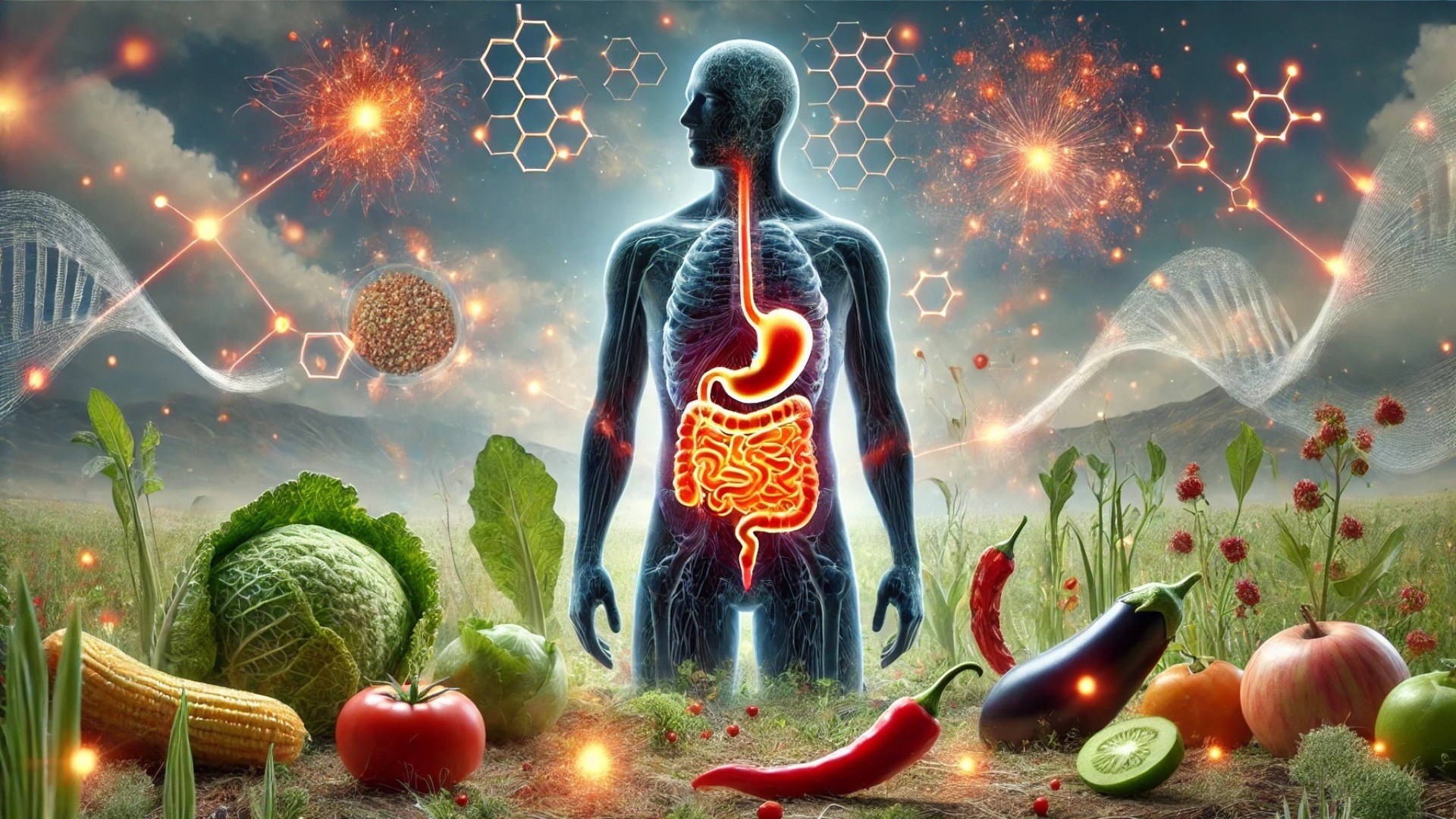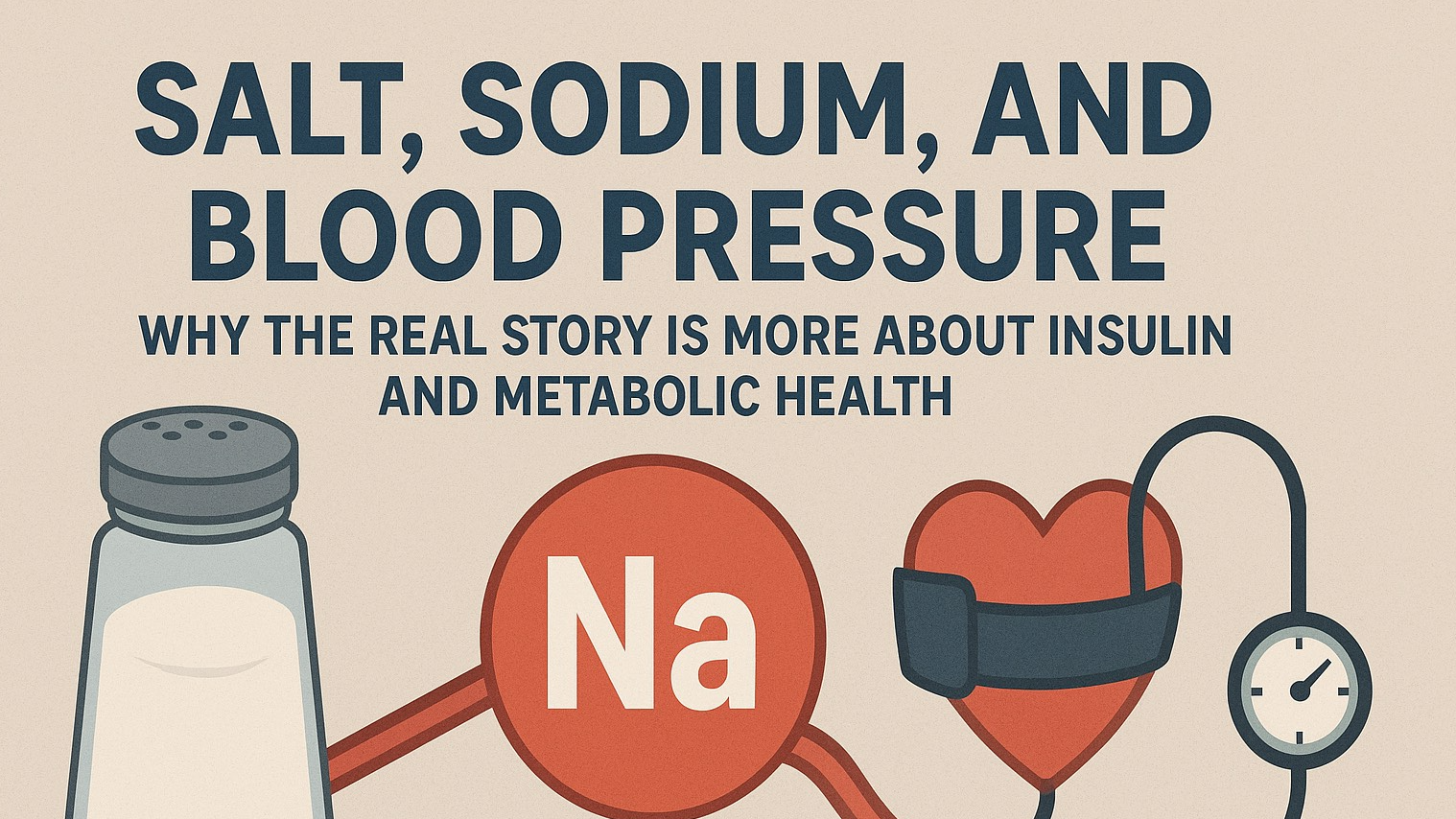
Nightshades are a group of plants that include commonly consumed vegetables such as tomatoes, potatoes, eggplants, and peppers. While they are rich in nutrients, they also contain natural compounds called alkaloids that may contribute to digestive distress and inflammation, particularly for individuals with sensitive guts or autoimmune conditions. One primary concern linked to nightshades is their potential to exacerbate leaky gut syndrome.
Understanding Leaky Gut and How Nightshades Contribute
Leaky gut syndrome, or increased intestinal permeability, occurs when the tight junctions in the gut lining become compromised, allowing undigested food particles, toxins, and microbes to enter the bloodstream. This can trigger immune responses, inflammation, and various chronic health issues, including autoimmune diseases and digestive disorders. [1]
Nightshades contain alkaloids—such as solanine, capsaicin, and tomatine—that act as natural pesticides to protect the plant but can be harmful to human digestive health. These alkaloids have been shown to disrupt the intestinal epithelium and potentially activate mast cells in the gut mucosa, leading to adverse symptoms in humans. This disruption can increase intestinal permeability and promote inflammation, potentially leading to leaky gut. [2]
Common Nightshade Foods to Watch Out For
If you suspect that nightshades are affecting your gut health, it may be beneficial to limit or eliminate the following foods:
Tomatoes (including tomato-based sauces and ketchup)
Potatoes (white potatoes, but not sweet potatoes)
Eggplants
Peppers (bell peppers, chili peppers, cayenne, paprika, etc.)
Goji Berries
Certain Spices derived from nightshades (discussed below)
Spices That May Worsen Leaky Gut
Certain spices derived from nightshade plants contain the same alkaloids and can contribute to gut irritation and increased permeability. If you experience digestive distress, consider avoiding or reducing the following spices:
Paprika (ground from various types of peppers)
Cayenne Pepper
Chili Powder
Red Pepper Flakes
These spices contain capsaicin, which can aggravate gut inflammation, particularly in those with sensitive digestion, irritable bowel syndrome (IBS), or autoimmune disorders. [2]
Are There Alternatives?
If you need to avoid nightshade spices but still want flavorful meals, try these anti-inflammatory and gut-friendly spice alternatives:
Turmeric (rich in curcumin, a powerful anti-inflammatory compound)
Ginger (supports digestion and soothes inflammation)
Garlic Powder (immune-boosting and anti-inflammatory properties)
Black Pepper (not a nightshade and enhances nutrient absorption)
Cumin (adds warmth and depth without irritation)
Implementing an Elimination Diet: A Detailed Guide
An elimination diet is a diagnostic tool used to identify food intolerances, sensitivities, and allergies by systematically removing specific foods from your diet and then reintroducing them while monitoring for adverse reactions. This method is particularly useful for individuals experiencing unexplained digestive issues, skin problems, or other chronic symptoms. [3]
Steps to Follow:
-
Preparation:
Consult a Healthcare Professional: Before starting an elimination diet, consult with a healthcare provider or registered dietitian to ensure the plan is safe and appropriate for your individual health needs.
Identify Foods to Eliminate: Common allergens and irritants include dairy, gluten, soy, nuts, eggs, and nightshades. Based on your symptoms and health history, determine which foods to remove.
-
Elimination Phase (2-6 Weeks):
Remove Identified Foods: Completely eliminate the selected foods from your diet. This phase typically lasts between two to six weeks, depending on individual circumstances.
Read Labels Carefully: Many processed foods contain hidden ingredients. Diligently read food labels to avoid accidental consumption of eliminated foods.
Monitor Symptoms: Keep a detailed journal of your meals, ingredients, and any symptoms experienced. This record will help identify patterns and reactions.
-
Reintroduction Phase:
Systematic Reintroduction: After the elimination phase, reintroduce one eliminated food at a time, every 3-5 days, while monitoring for symptoms.
Observe and Record: Note any adverse reactions such as digestive discomfort, headaches, or skin issues. If symptoms occur, remove the food again and wait until symptoms subside before introducing the next item.
-
Maintenance Phase:
Develop a Long-Term Eating Plan: Based on your findings, create a sustainable diet that avoids trigger foods while ensuring nutritional adequacy.
Seek Professional Guidance: Work with a healthcare provider or dietitian to ensure your diet remains balanced and to address any nutritional deficiencies.
Considerations:
Nutritional Adequacy: Ensure that your diet provides all necessary nutrients, especially when eliminating multiple food groups.
Medical Supervision: Undertake the elimination diet under the guidance of a healthcare professional to ensure safety and effectiveness.
Patience and Diligence: The process requires careful planning and monitoring but can lead to significant improvements in health and well-being. [4]
For more detailed information on elimination diets, refer to resources such as the University of Wisconsin Integrative Health's guide on elimination diets. [5]
Final Thoughts
While nightshades are not inherently harmful to everyone, they can contribute to leaky gut and inflammation in sensitive individuals. If you have a history of gut issues, autoimmune conditions, or chronic inflammation, being mindful of your nightshade intake may be beneficial. By identifying trigger foods and choosing gut-friendly alternatives, you can better support your digestive health and overall well-being.
Implementing an elimination diet can be a valuable strategy in identifying food sensitivities and improving health. However, it should be approached carefully and under professional supervision to ensure nutritional needs are met and to accurately identify trigger foods.
Citations
[1] Food, gut barrier dysfunction, and related diseases: A new target for future individualized disease prevention and management Food, Science & Nutrition, 2023
In this comprehensive review, our aim focused on the relationship between dietary factors, intestinal permeability dysfunction, and related diseases.
[2] Nightshade Vegetables: A Dietary Trigger for Worsening Inflammatory Bowel Disease and Irritable Bowel Syndrome? Digestive diseases and sciences, 2023
Edible Nightshades are attracting new interest as a potential trigger for worsening gut symptoms in functional and inflammatory gastrointestinal disorders.
[3] How to Do an Elimination Diet and Why Healthline, 2024
Up to 20% of people worldwide may experience a food intolerance. Elimination diets identify food intolerances, sensitivities, and allergies through diet.
[4] Elimination Diet and Food Challenge Test for Diagnosing Allergies WebMD, 2023
Knowing your food triggers and staying away from them is the safest way to manage a food intolerance or allergy.
[5] The Elimination Diet Department of Family Medicine and Community Health, University of Wisconsin, 2018
An elimination diet is an eating plan that omits a food or group of foods believed to cause an adverse food reaction, often referred to as a “food intolerance.
 Add Row
Add Row  Add
Add 










Write A Comment